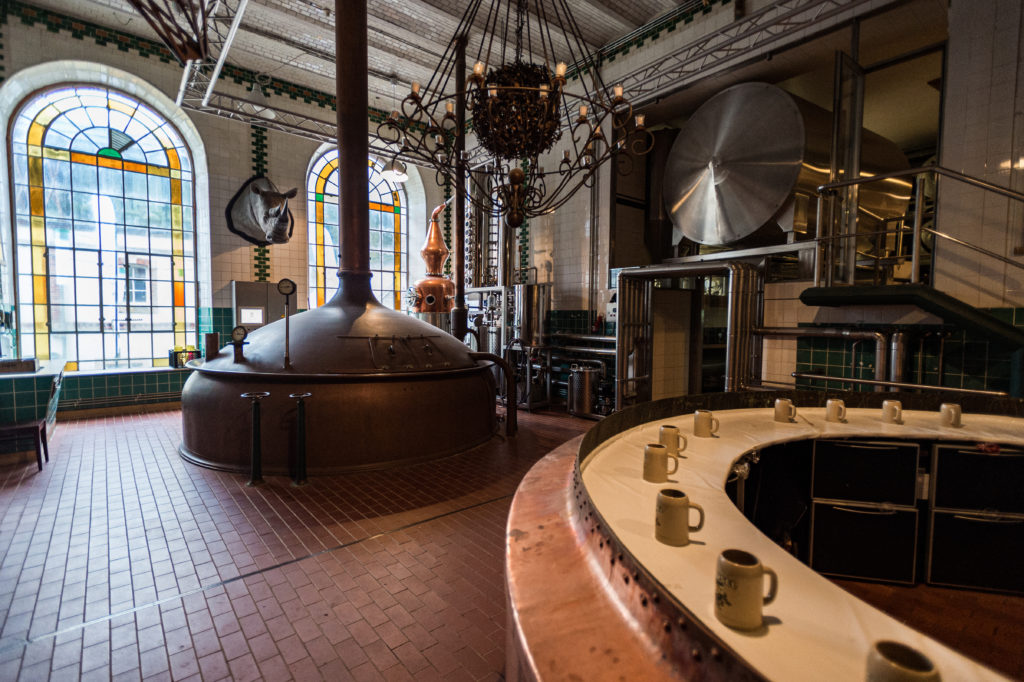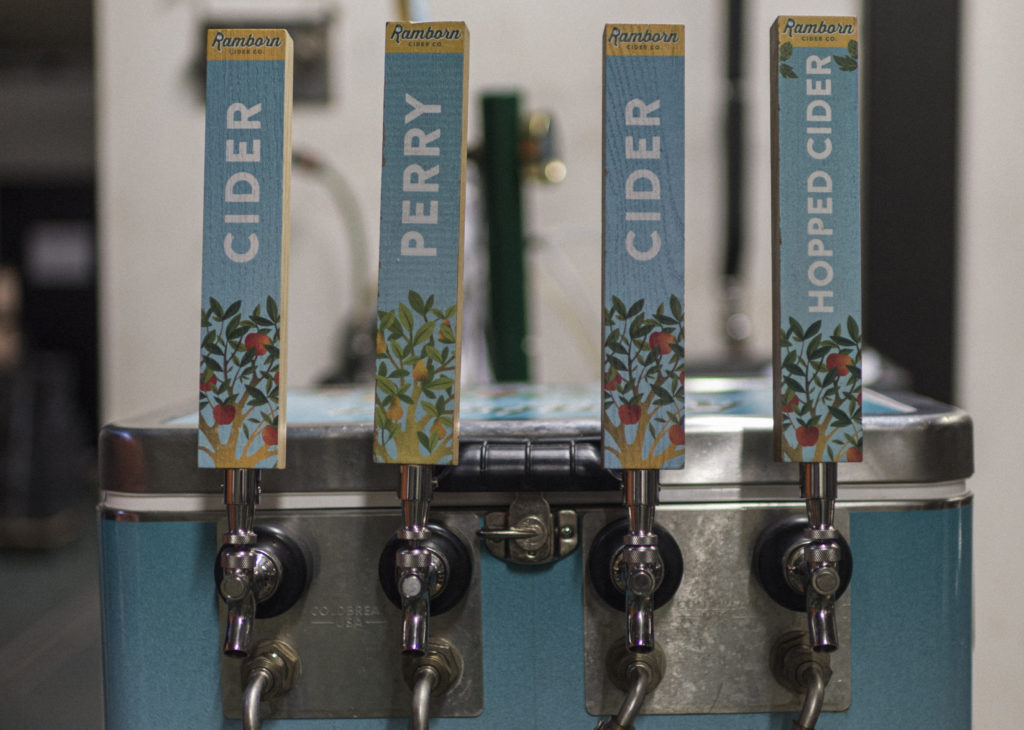THE ART OF MAKING OUTSTANDING DRINKS IS NOT JUST A MATTER OF HAVING THE RIGHT INGREDIENTS. EXTENSIVE KNOW-HOW, PASSION AND A RESPECT FOR HISTORY ARE TURNING MICROBREWERIES AND HAND-CRAFTED DRINKS INTO A THRIVING SCENE.

I wouldn't say that the current trend is specifically just about beer, but it's more about home brewing and crafting
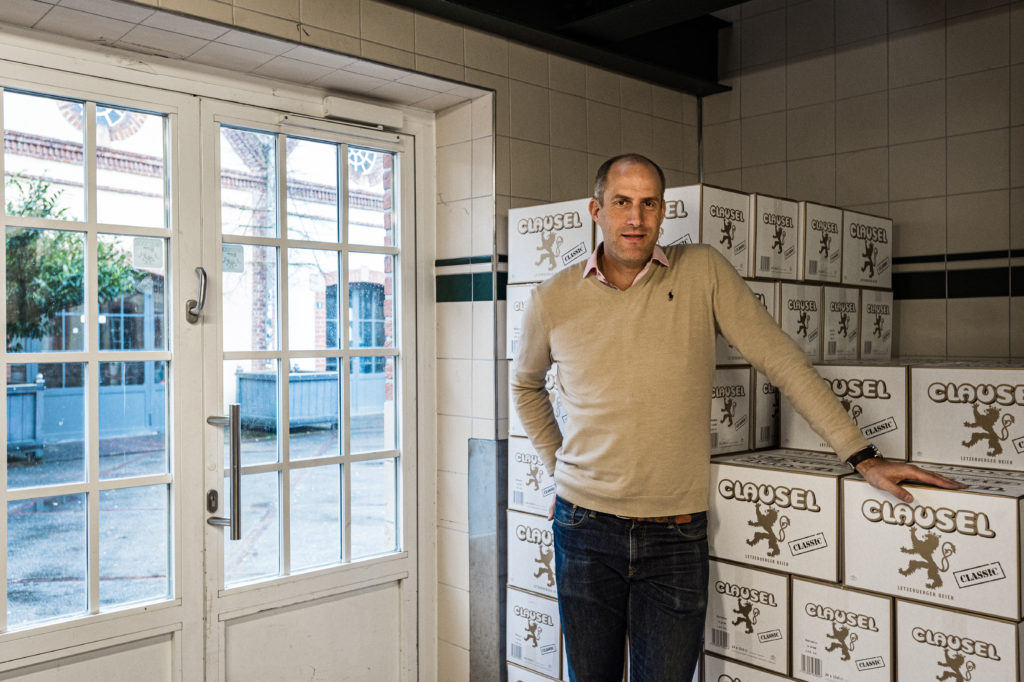
EDMOND LIBENS
With a steady history of ambrosial nectars echoing back to the Celts, the Grand Duchy continues to produce numerous beers, wines, eaux de vies and liqueurs, including the Cassero, a blackcurrant liqueur distilled at the Beaufort Castle since 1930, or the sweet walnut liqueur produced in Vianden. Though famous for its traditional heritage tipples, Luxembourg is also home to a flourishing craft industry. Some of the country’s more spirited players share their stories…
CONTINUING A LEGACY
“Everything started in 2007, when the microbrewery was installed in the old building of the Mousel brewery.” Edmond Libens, director at Letzebuerger Stad Brauerei points to the sparkling new machinery. This tenth-generation brewer has revived the family business following the closure of the Mousel brewery in the 1990s. He’s set on continuing the legacy and upholding their traditional values.
One year after the installation of the new facilities, an unfiltered pils called Clausel Gezwickelt was sold: “Everything was first served in kegs. Due to rising demand, we then moved on to bottling and marketing our beers around the country, adding new types of beer – the Clausel Classic, a classical pils, Clausel Monk, a strong golden ale, and the Black Munster, a brown ale.” The name Clausel derives from the names Clausen (the district where it is brewed) and Mousel (the last beer brand brewed in the same brewery).
In addition to reviving the family tradition, Libens integrated a new distillery to the collection, including the first Luxembourgish vodka and gin under the noble name of Mansfeld: “I wouldn’t say that the current trend is specifically just about beer, but it’s more about home brewing and crafting.”
The tradition of brewing beer dates back to 1511, making it a favourite amongst Luxembourgers for centuries. Since the 14th century, Luxembourg’s breweries have risen and fallen. Having boasted a staggering 25 breweries at the beginning of last century, it ended with only three. The early 2000s saw a resurgence of several minor breweries, mostly local microbreweries producing craft beer.
Libens is firmly investing in the future. He is shortly launching “mini” cans, reflecting the size of the “mini” beer served in pubs (250 ml), ideal for summer picnics and in-flight service. The ‘red lion of Luxembourg’ can design was selected from a nationwide competition.

Over the last 100 years, the apple tree population diminished from 1.2 million to 120,000, representing 90 % that have just disappeared. We are working with farmers to help them plant more trees every year, to look after the trees they've got. […] Over the last few years it has been amazing to see the transformation of the nearby landscape.
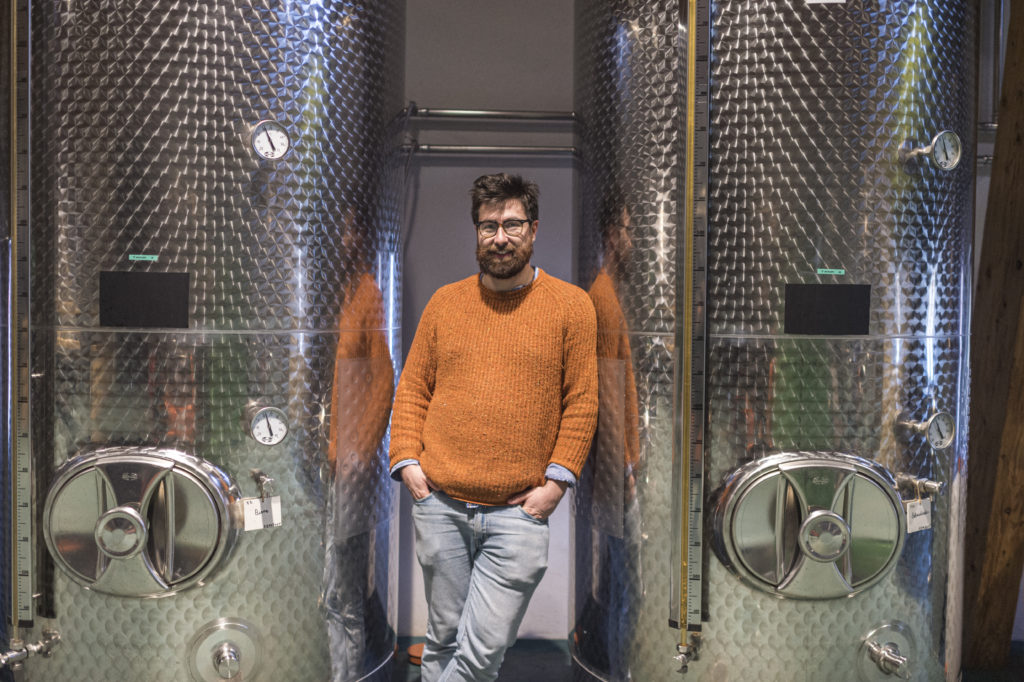
ADIE KAYE
PUTTING LUXEMBOURG ON THE WORLD CIDER MAP
With cidermaking dying out fast in the Grand Duchy, Ramborn’s mission to bring apple nectar production back began 5 years ago. Thousands of tonnes of fruit had been going to waste every year, reflecting a dearth of the craft since Roman times.
Ramborn was devised when three old friends were enjoying a summer holiday in the UK. Having had an epiphany that the art of cider-making had died out, they set about breathing new life into the traditional orchards of the region by bringing back this forgotten skill in Luxembourg.
The name Ramborn represents two halves: a type of apple called Rambo, with an HQ located in Born. The distinctive redstriped variety is the main component of Ramborn’s cider.
Ramborn operates from a converted 18th century farmhouse where parts of the farm had historically been dedicated to fermenting juice: “For farms in Luxembourg, and in most of Europe for that matter, it has always been traditional to have fruit trees on your land; they provide shade for grazing livestock, and drink for your farm hands. When you have apple trees, you can press the juice, and over the course of the year you end up with cider,” says Adie Kaye, president of products and marketing at Ramborn.
Ramborn works closely with around 150 regional farmers and wine producers to create their wide array of products, ranging from pure cider, to perries, to their sparkling Garden Quince: “Over the last 100 years, the apple tree population diminished from 1.2 million to 120,000, representing 90% that have just disappeared. We are working with farmers to help them plant more trees every year, to look after the trees they’ve got. That’s a little bit on the self motivated side. If you plant a tree, it won’t be at full production for 20 to 30 years. Over the last few years it has been amazing to see the transformation of the nearby landscape.”
Kaye is particularly proud to be part of a team dedicated to the wider sustainability movement. When they are not ensuring that generations of the future have fruit, good soil, pollinators and water, they are busy putting Luxembourg’s name on the world cider map, with Ramborn being regularly featured in the top 5 or 6 cider countries.

The landscape consists of professional distillers, young craft guys, and then you have the guys like us, who started just for fun and then it became a serious project.
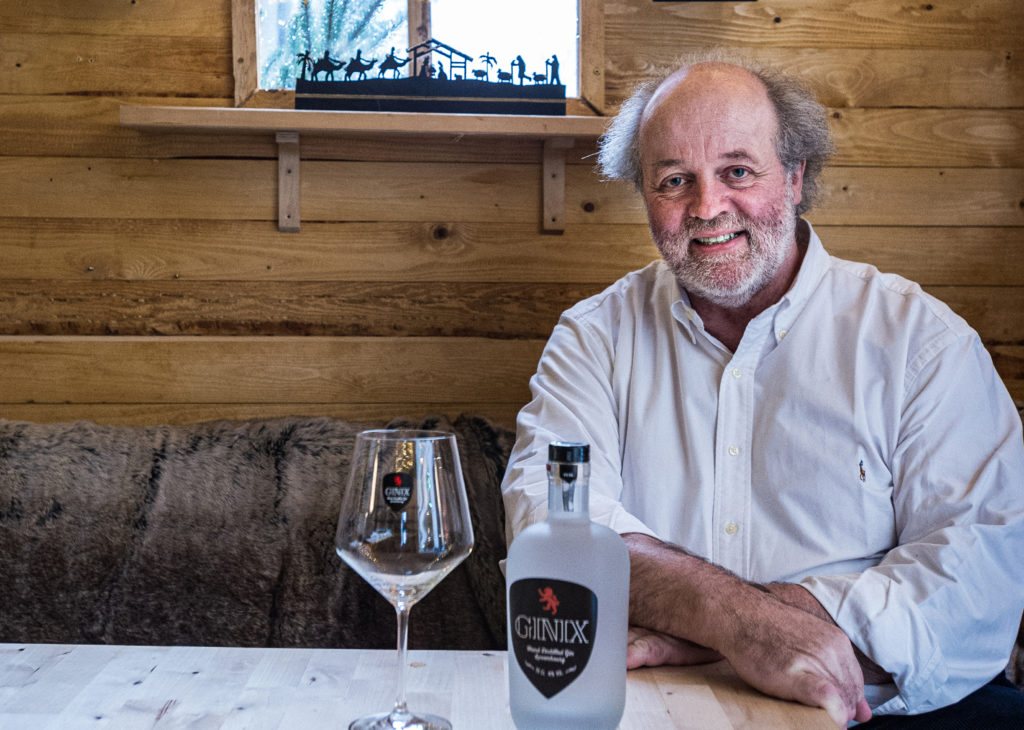
MICHEL RODENBOURG
TEN GIN AFICIONADOS
Michel Rodenbourg was sitting together with a bunch of golf buddies over a drink one evening, when suddenly one of them asked out of the blue: “why don’t we make our own gin?” The ten gin aficionados promptly set to work creating Ginix. The unusual name is a nod to one of the group’s penchants for affectionately adding the suffix ‘-ix’ after all his friend’s names. Rodenbourg shares: “I was always called Michix for example and the name of the cooperation is Guddix. Hence the motto Ginix Einfach Guddix.”
The Ginix team then entered a test phase in March 2015, “One of the guys, Franz Feipel, was the only one with a credible background in distillation. We started to play around, testing different gin recipes. It was not until the 16th or 17th recipe, that we said: that’s it! We then made 100 bottles as it was never our intention to market it. Once we all shared bottles with our friends, everybody said: this is too good, you have to do something with it.”
The group’s efforts had led to a premium dry gin with 19 different botanicals, which according to Rodenbourg is rather moreish: “When you drink one glass, you want a second one” and he’s not taking any chances as “the secret is well kept in a big safe.” On the process itself, he unravels some of the mystery: “There are a couple of ways to make gin, we decided to distil rather than infuse it. The result is a finer and more delicate gin.” On the topic of competition and hype, Rodenbourg is unphased: “It makes life much more interesting, like a game. The landscape consists of professional distillers, young craft guys, and then you have the guys like us, who started just for fun and then it became a serious project.”
